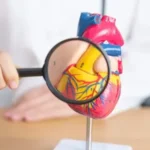Table of Contents
- Introduction: What is POTS Syndrome?
- Understanding the Types of POTS
- Common POTS Syndrome Symptoms Checklist
- How is POTS Diagnosed?
- POTS Diet and Lifestyle Modifications
- Managing POTS: Treatment Options
- FAQs: Does POTS Show Up in Blood Work and Other Concerns
- Conclusion: Living with POTS Syndrome
Introduction on POTS Syndrome
Postural Orthostatic Tachycardia Syndrome (POTS) is a condition that influences blood flow, resulting in an abnormally rapid heart rate when standing up. POTS syndrome can cause a variety of symptoms such as dizziness and exhaustion hence making daily life difficult to go through. Even the most simple of tasks can become hard for people with POTS. We look forward to explore how to identify signs and symptoms, along with various types and what all treatments are available for this invisible condition
Understanding the Types of POTS
POTS manifests in different ways depending on the underlying causes which varies person to person. It is usually categorized into three primary types:
- Neuropathic POTS: This type is caused by nerve damage that affects blood vessel function, particularly in the lower body. The autonomic nervous system, which controls involuntary functions like blood pressure and heart rate, doesn’t respond properly which leads to poor circulation. Blood pools in the legs upon standing, causing dizziness, lightheadedness, and rapid heartbeat as the body attempts to compensate.
- Hyperadrenergic POTS: In this form of POTS, there is an excessive release of norepinephrine, a hormone that increases heart rate and blood pressure. People with hyperadrenergic POTS may experience anxiety, tremors, headaches, and high blood pressure, along with the basic POTS symptoms of dizziness and rapid heart rate. This type is typically associated with an overactive sympathetic nervous system, and unlike other forms, blood pressure may rise instead of dropping when standing.
- Hypovolemic POTS: Hypovolemic POTS is related to low blood volume (hypovolemia), shows symptoms of dehydration and reduced circulation. Individuals with this type of POTS may have difficulty maintaining adequate fluid levels in the body, resulting in more pronounced fatigue, lightheadedness, and frequent fainting spells. This type often requires increasing salt and fluid intake to help stabilize blood pressure and improve circulation.
- Neuropathic POTS: Neuropathic POTS is more common in younger individuals and often coexists with other conditions like Ehlers-Danlos Syndrome. This condition might require interventions to improve nerve function
Accurate diagnosis of the specific type of POTS is critical because treatments can vary significantly. Understanding the type of POTS will help to guide specific treatment strategies resulting in improved outcomes for patients.
Common POTS Syndrome Symptoms Checklist
Individuals with POTS experience a wide range of symptoms often getting worse upon standing. Key symptoms include:
- Dizziness or lightheadedness
- Rapid heart rate (tachycardia)
- Fatigue and weakness
- Fainting
- Brain fog or difficulty concentrating
- Digestive issues
Some patients also experience POTS headaches, which feel like intense pressure or migraines, and night sweats due to dysregulated autonomic functions.
How is POTS Identified?
A thorough health checkup is necessary to diagnose POTS, and this assessment may include:
- Tilt Table Test: The tilt table test is the primary diagnostic method that measures blood pressure and heart rate while the patient moves from lying down to a standing position.
- POTS blood tests: Blood tests can assist with finding underlying problems, such as hormone imbalances or low blood volume, even though no single test can clearly diagnose POTS. The findings of a POTS blood test can help rule out alternative reasons, but they do not accurately diagnose this condition.
- Who Treats POTS? Since POTS involves irregular heart rates, cardiologists frequently treat it, however, neurologists and general doctors may also be involved.
Changes to the POTS Diet and Lifestyle
Changing one’s diet can help control the symptoms of POTS syndrome. In order to increase blood volume and enhance circulation, the POTS diet frequently focuses on increasing salt and fluid intake. Some important suggestions to keep in mind:
- High Sodium Diet: Salt increases blood volume and helps in fluid retention.
- Sufficient Hydration: Water consumption is essential all day long.
- Balanced Meals: To avoid significant blood sugar swings, eat small, frequent meals that contain a variety of nutrients.
Additionally, blood flow can be improved by elevating the legs and using compression stockings, especially for people who have symptoms associated with poor circulation in their POTS legs.
Managing POTS: Treatment Options
POTS syndrome is usually treated with a mix of medicine, physical therapy, and lifestyle changes:
- Medication: To control blood pressure and heart rate, doctors may prescribe beta-blockers, fludrocortisone, or midodrine.
- Exercise Program: Though exercising can be challenging for those with POTS, gradually, moderate, low-impact exercises like swimming or recumbent biking can help reduce symptoms. It’s important to keep an eye on your POTS exercise heart rate to prevent overdo.
- Additional Therapies: Treating autoimmune diseases and other underlying conditions may also help with POTS symptoms.
FAQs
- Does Blood Work Show up in POTS?
Tests can help identify underlying disorders that contribute to symptoms, but blood testing alone cannot diagnose POTS.
- How Do You Feel If You Have a POTS Headache?
POTS headaches are often described as throbbing or migraine-like, and they can occasionally be accompanied by light and sound sensitivity.
- POTS: Who Treats It?
Although neurologists and primary care doctors may also assist in managing symptoms, cardiologists are usually the main specialists involved.
Conclusion
Even though POTS syndrome can make everyday tasks difficult, an accurate diagnosis and course of medical care can improve the quality of life. People with POTS can manage their symptoms and have satisfying lives with the correct mix of medication treatment, lifestyle changes, and exercise. For the best course of treatment, the patient should be informed and cooperate closely with medical professionals.






